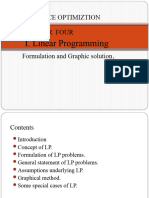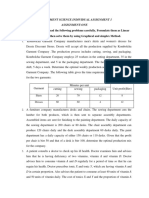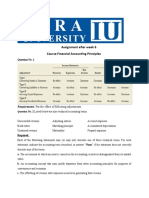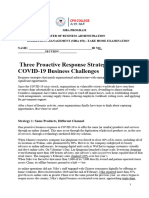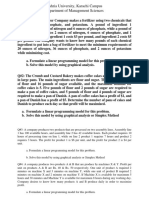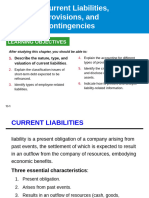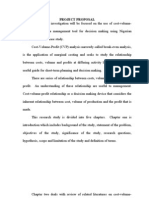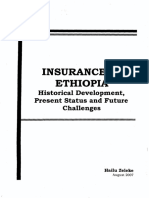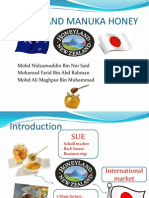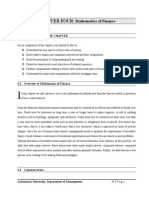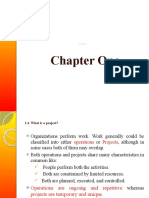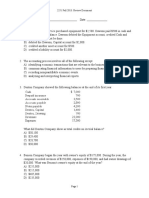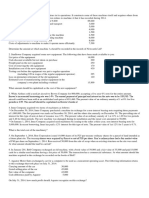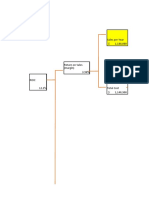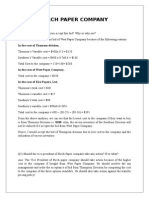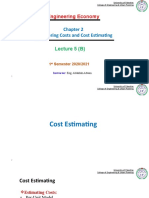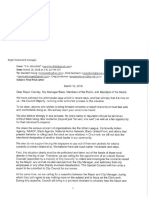100% found this document useful (1 vote)
625 views5 pagesWorkout Questions
This document contains information about three companies - ABC Real Estate, DMX PLC, and an unnamed lessor - and their rental and VAT activities for tax year 2010. It provides details on rental rates, expenses, purchases, sales, and credits/payments between the companies. The tasks are to:
1) Calculate withholding taxes on rental payments
2) Determine taxable rental income, tax liability, and net income for the lessor and sub-lessor
3) Complete the relevant tax declaration forms for the lessor and sub-lessor
4) Complete a VAT return form for DMX PLC using the sales and purchase information provided.
Uploaded by
samCopyright
© © All Rights Reserved
We take content rights seriously. If you suspect this is your content, claim it here.
Available Formats
Download as DOCX, PDF, TXT or read online on Scribd
100% found this document useful (1 vote)
625 views5 pagesWorkout Questions
This document contains information about three companies - ABC Real Estate, DMX PLC, and an unnamed lessor - and their rental and VAT activities for tax year 2010. It provides details on rental rates, expenses, purchases, sales, and credits/payments between the companies. The tasks are to:
1) Calculate withholding taxes on rental payments
2) Determine taxable rental income, tax liability, and net income for the lessor and sub-lessor
3) Complete the relevant tax declaration forms for the lessor and sub-lessor
4) Complete a VAT return form for DMX PLC using the sales and purchase information provided.
Uploaded by
samCopyright
© © All Rights Reserved
We take content rights seriously. If you suspect this is your content, claim it here.
Available Formats
Download as DOCX, PDF, TXT or read online on Scribd
/ 5


